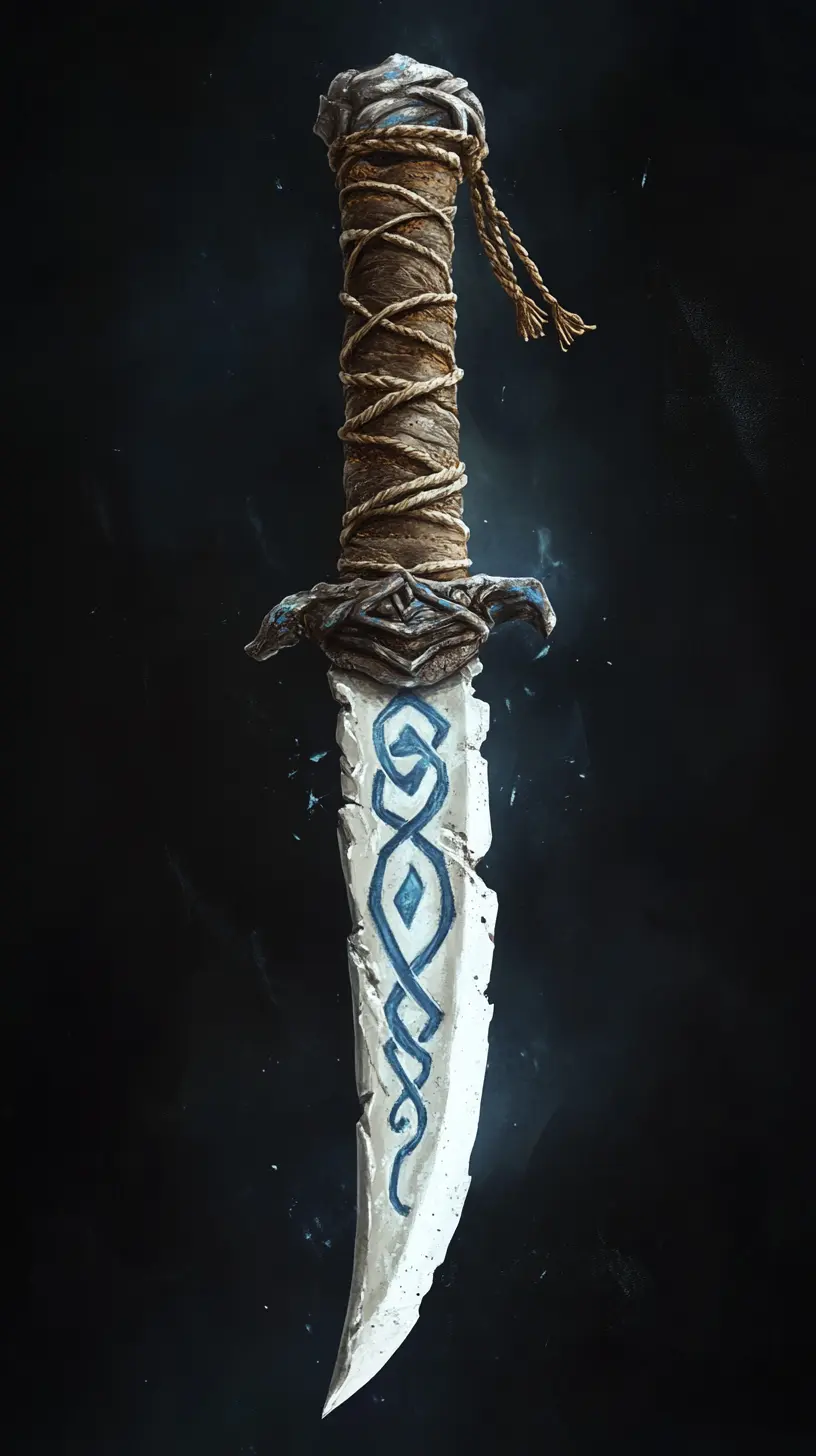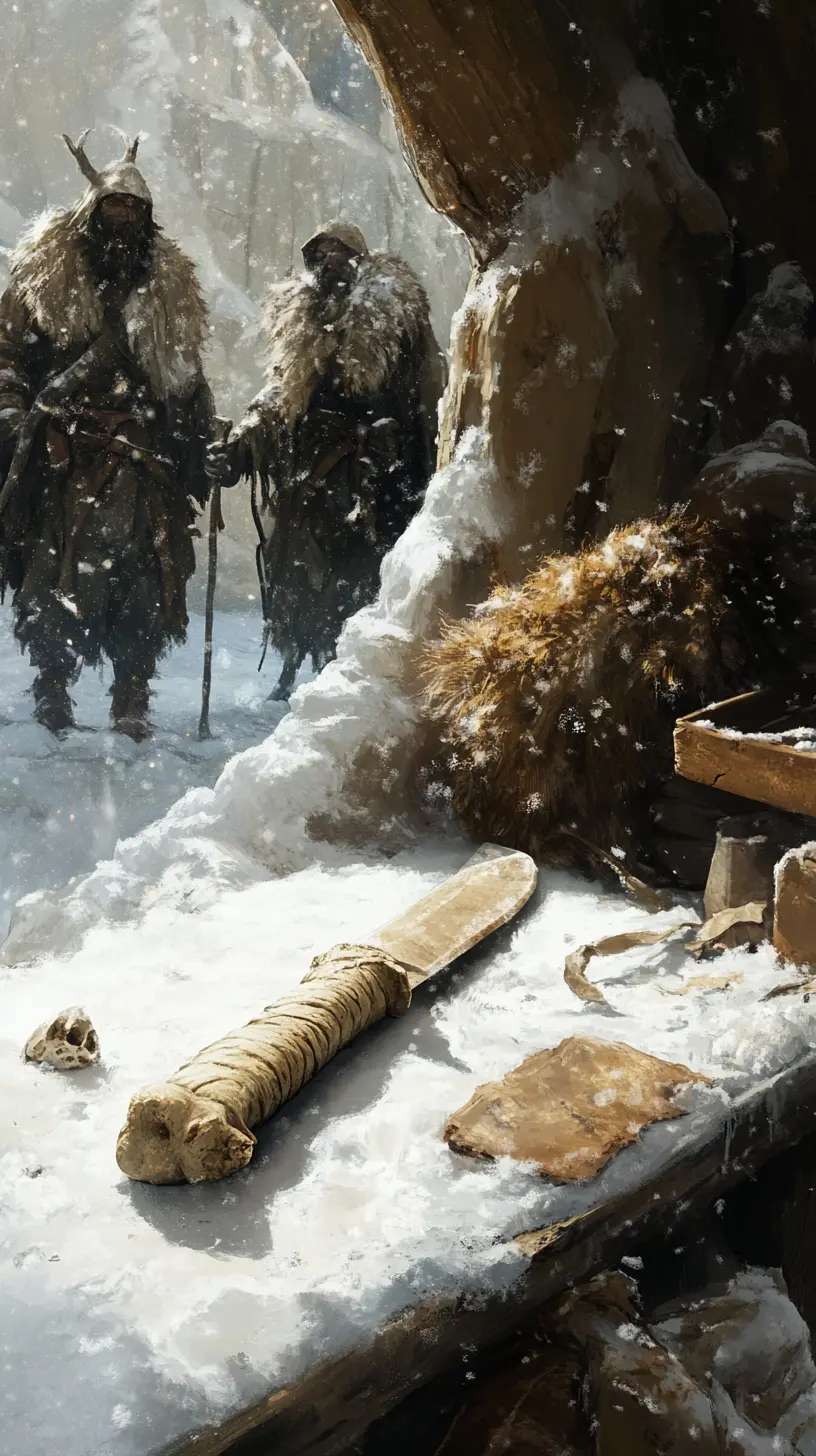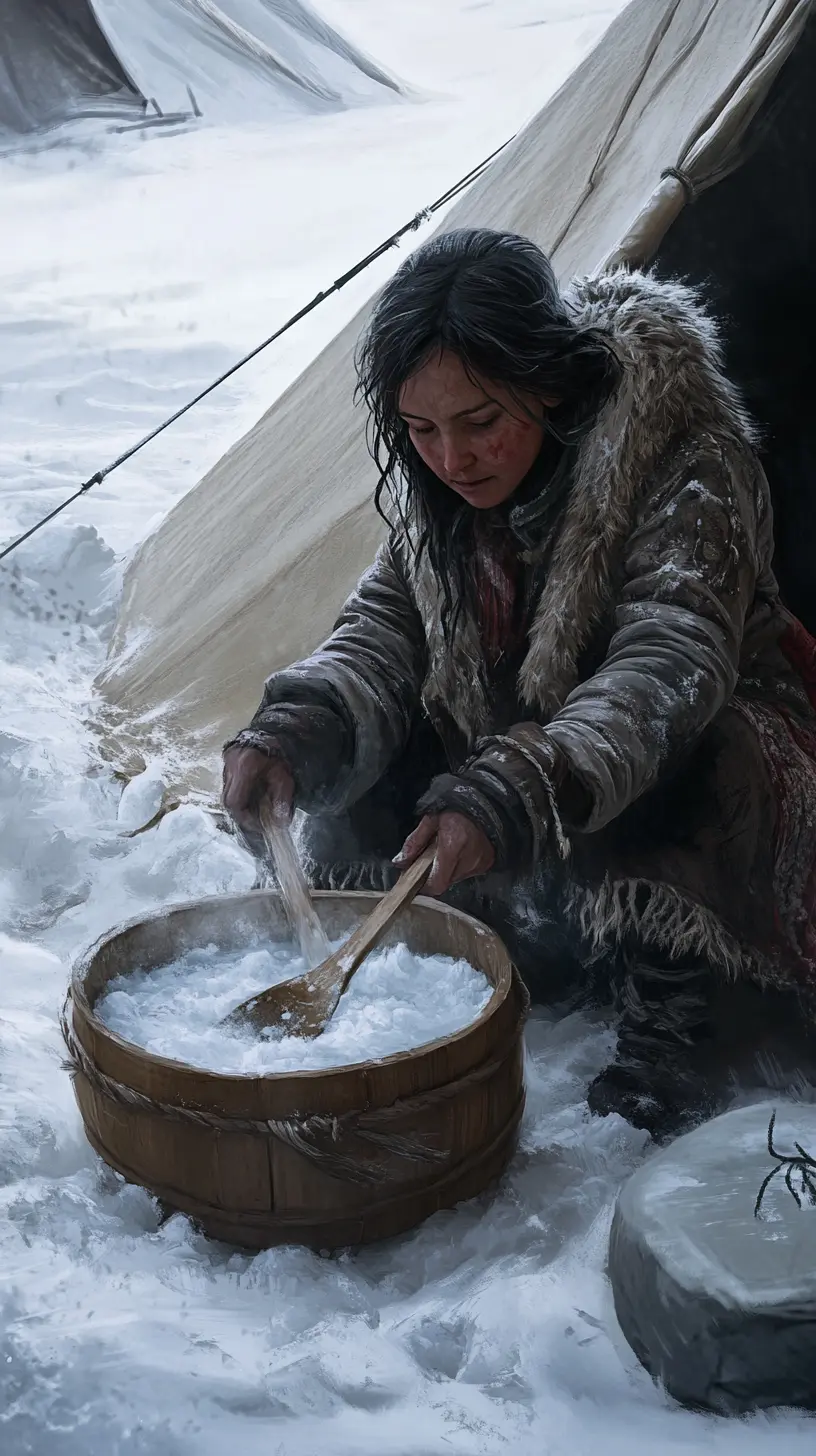Sarviekka
We all know what happens to those who get trapped without a way to break through the snow.A sarviekka is a specific kind of knife-like tool that comes in many forms and is used across the coldest regions of Istralar. They are usually made of sharpened horn or bone, and are designed to cut through snow and similar softer substances without causing damage to any skin they may touch.
While often found with hunters, this does not make them a tool for hunting alone. Indeed, sarviekka are found on most members of nomadic tribes, from cooks needing to break snow to crafters needing to scrape snow and other detritus from skins and cloth.
Though the namesake of this article originated with the Vaeltajat, the invention cannot be attributed to any specific group and was likely originated in a long-forgotten era of history, where it subsequently made its way across the globe.
It has obvious variations depending on the prey animals available in a given area: the lack of easy horned prey in the northernmost areas of Kylmävikk Desert results in wanderers in those areas using bone or scavenged materials instead.
Magical versions of sarviekka are prized in nomadic communities especially, and a good way to get into the good graces of any snow-wandering tribe is to offer enchantments for their blades, even if the enchantments are fairly weak overall.
Manufacturing process
We do not waste what the world gives us.Crafting a sarviekka requires two sets of considerations: the materials it is made of and the manner in which it is made.
As mentioned, a sarviekka is generally made of horn or bone, and this is for good reason. While most nomadic groups in cold areas have good access to other materials, a sarviekka must handle incredibly cold temperatures and must not be too sharp. Iron, copper, or steel, while accessible, would each be too sharp - and in the cold, their touch could cause frostbite or other injuries.
Stone, meanwhile, has a harder time with staying intact when exposed to the sharp temperatures and blunt forces a sarviekka will meet. While it can be useful in a pinch if other materials are not available and a cave happens to be handy, it is usually a temporary solution because nobody's a huge fan of stone chunks ending up in their soup.
Magic changes things. If a given group has access to a mage capable of enchanting items, then the initial considerations of material are thrown out of the window. Instead, the consideration must be what will last the best. In this regard, magical sarviekka are usually made from sturdy iron.
Crafting
I put notches into mine so that I could weave thread into it!The only other material needed tends to be a leather strap for the handle. While not essential, it adds a significant grip to the knife that cannot be replicated with cloth (it gets soggy). This leather must be conditioned frequently to avoid cracking, generally with waxes derived from prey oils or traded from sunnier areas. To actually craft one's sarviekka is nominally a fairly simple process.
They can take the form of standard bladed knives, or be more of a simple gentle slope or crescent of horn with a sharpened edge. If using the standard materials, then whittling one down with a sharpened metal knife should not take particularly long, though it cannot be done in too-cold weather due to the danger. Wrapping the leather and binding it to the handle is equally simple: just twisting and tying, mostly.
The challenge comes in the tradition of it. Since a sarviekka is an everyday useful tool and everyone has their own version, it has become tradition to spend a significant amount of time on personalising one's sarviekka. Various tribes have competitions, mostly informal, around these personalisations; the intricacy and usefulness are weighed against each other, and it strongly influences social standings between groups.
Indeed, some of the Vaeltajat have come to use the personalisation of a sarviekka as a form of courting ritual, especially when courting someone who lives far away.
Etymology & Inspiration
For those from Earth, the descriptions and depictions of the sarviekka may be familiar. The name itself is drawn from a disused language of humanity (Earth's natives still refer to it as Finnish), comprised of the terms sarvi and miekka. The blade, meanwhile, is inspired by a similar implement used by Earth's Inuit peoples, specifically the Eskimo-Aleut tribe. In these cultures, snow-knives were used for a variety of purposes including beating snow from clothes or chopping it for cooking pots. Please see here for further information!Did you know bone dyes really easily? I've been making dyes with some of the plants we find in the spring months, if we're down south, and they've made my knives look so cool!









I loved this. Reading about the significance of everyday items always brings me joy.
Explore Etrea | WorldEmber 2025
I think this was one of the hardest to write for me because of that! It's so hard to write about the significance without falling back on everything we use in our lives too much; I wanted to make sure it felt more original to the setting. Thank you for enjoying!
welcome to my signature! check out istralar!